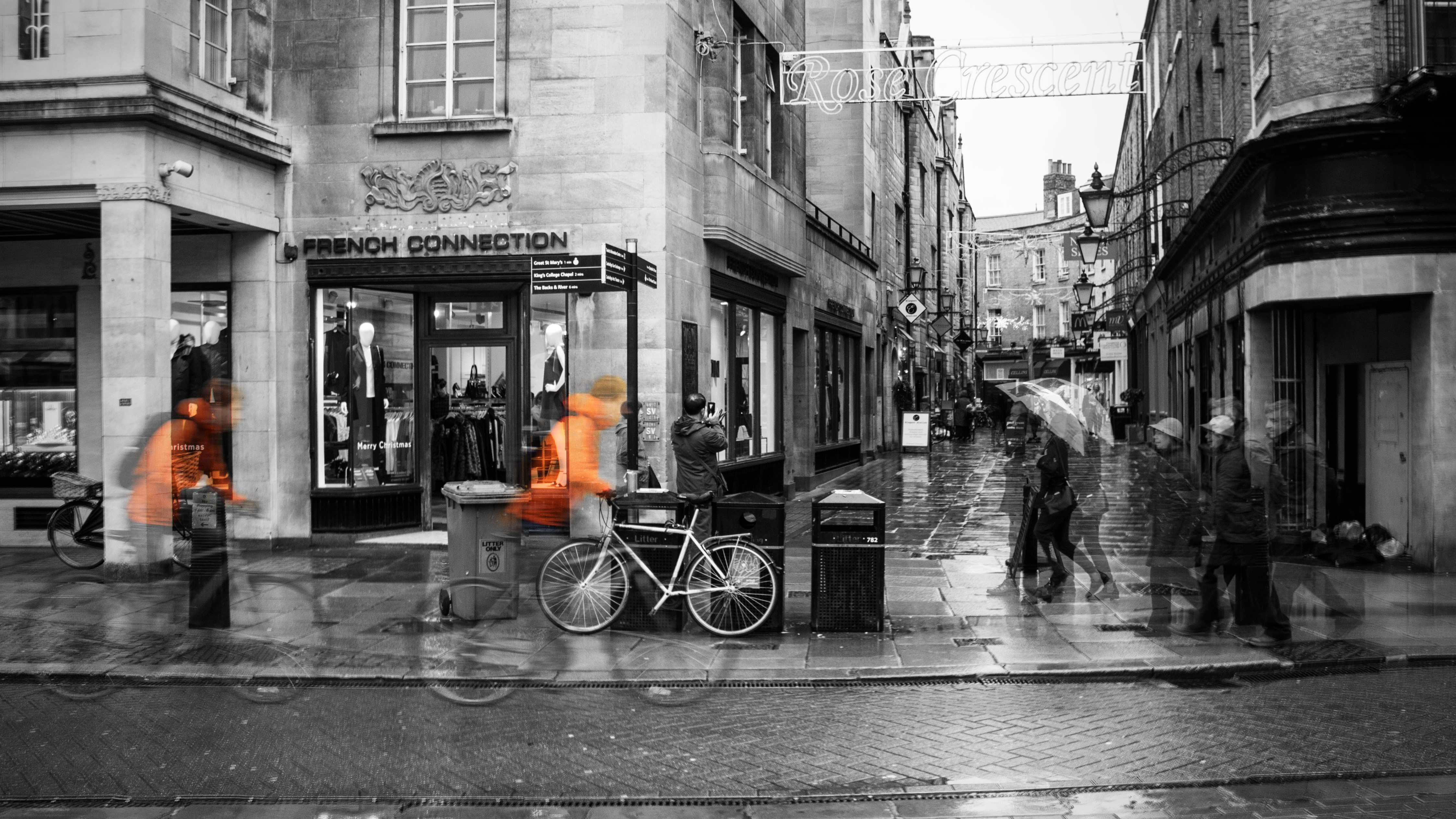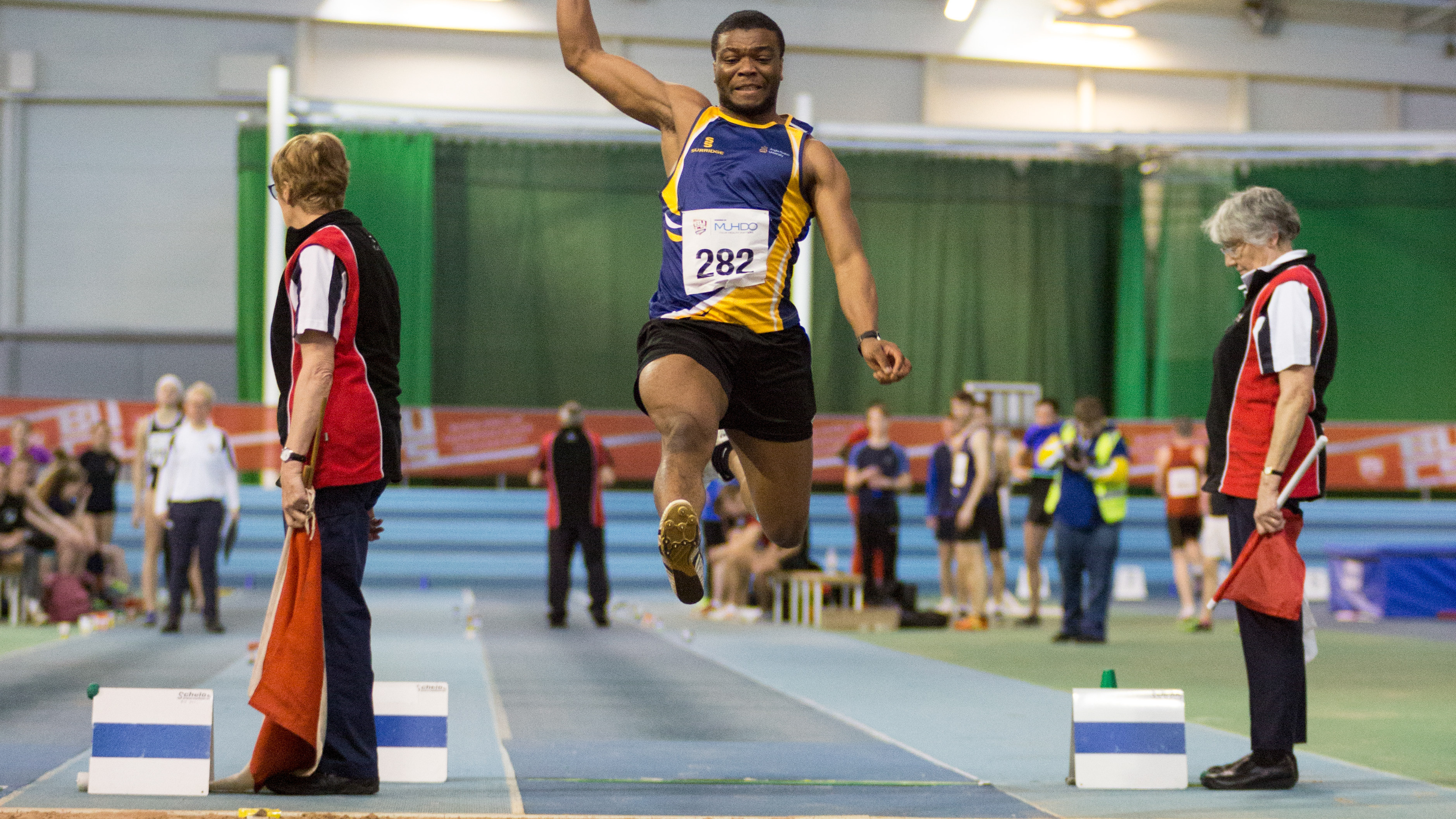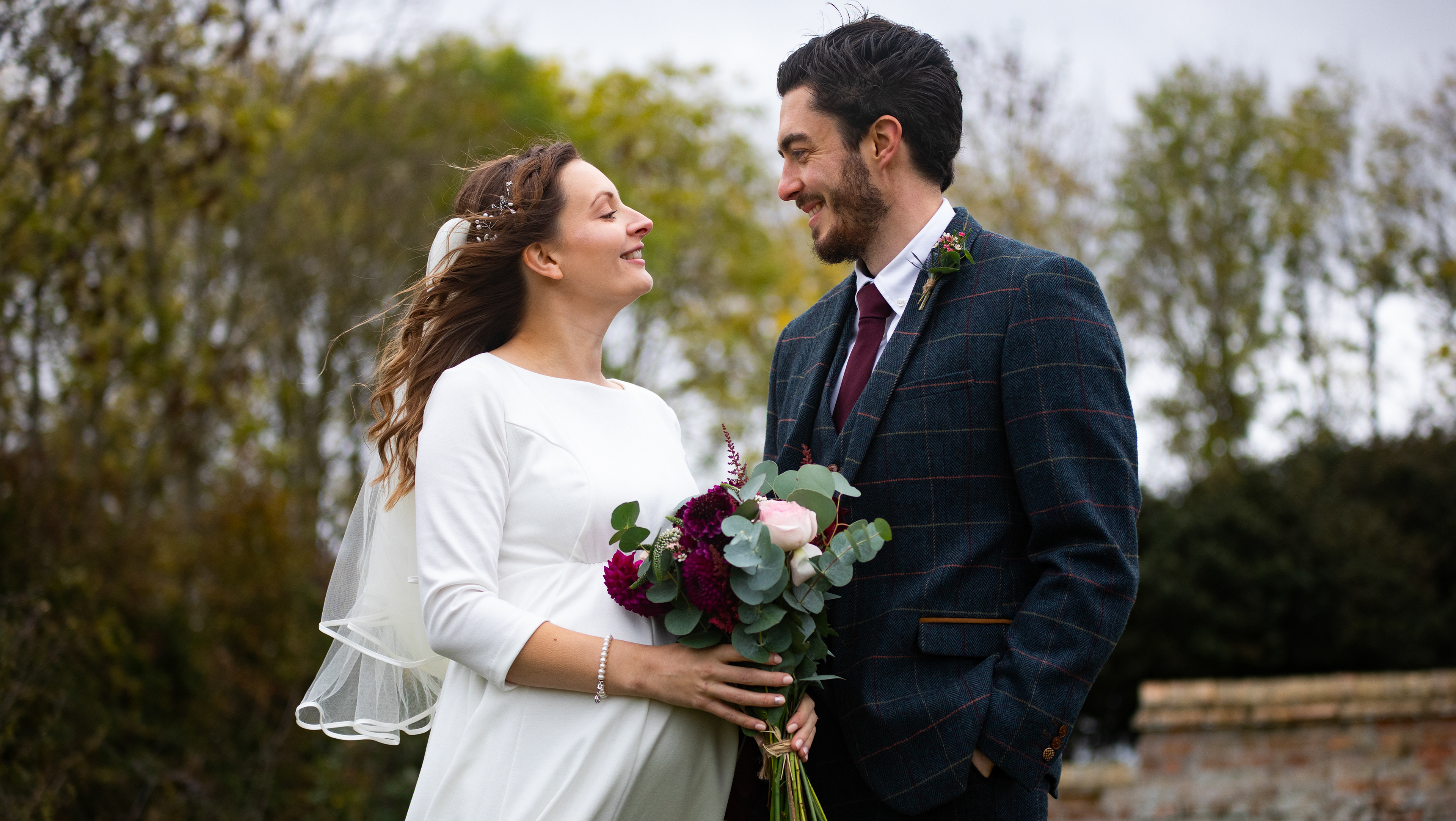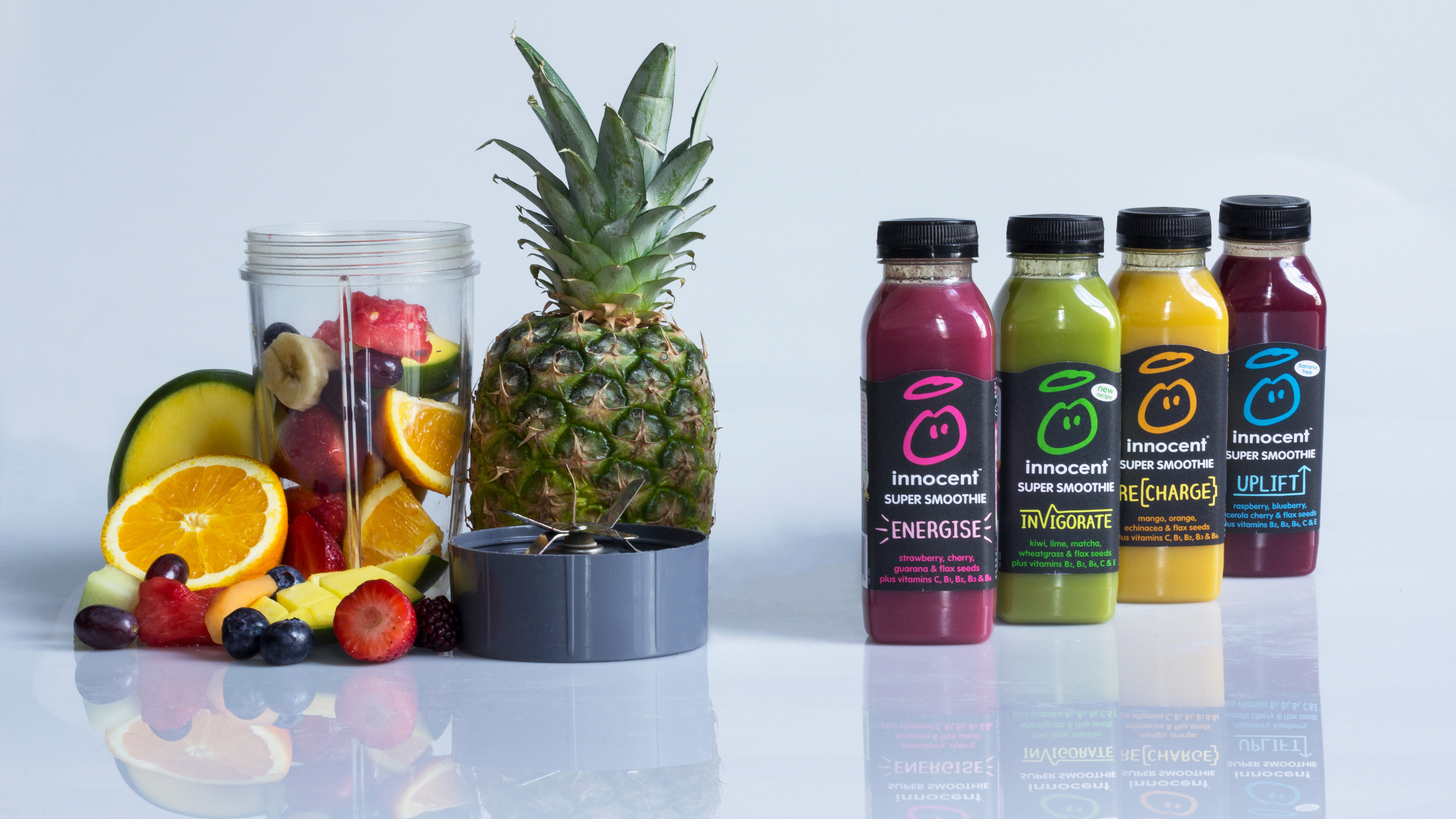Throughout my time, football has always been a passion and a major part of my life. I started kicking a ball soon after I was able to walk and like many children in the UK, when I was five years old, I began playing with my local youth football club. My dad has been a huge influence in my love for the sport and he coached my mini-soccer team from under 8’s up until 11 a side. As a photographer looking back on my experiences playing football, I wanted to use my photographic practice to investigate the structure and traditions of grassroots football in my local area.
Football remains by far the highest participation team sport in the UK with over 11 million people playing the sport in England alone, according to the latest data in The FA’s State of the Game report. Grassroots football encompasses all levels of the sport that are both non-professional and non-elite. This includes school and youth football, amateur football, football for disabled players, football for veterans and walking football. The number of people playing football in England is on the increase with almost one in five adults, equating to 8.2 million people now participating in the national game, in one of its various forms.
As a whole, grassroots football is played by the masses at a level where participation and a love of the game are the key drivers for maintaining its success. The main elements that make up grassroots football are the relationships it builds, the team spirit and the overall fun and enjoyment. This photographic series sets out to document and explore some of the week in week out experiences that occur within the participation of football at its most local and accessible level in the UK.
The project focuses specifically upon the current conditions and culture of youth football, whereby, 3.35 million children, aged 5-15 participate in training and matches on a weekly basis, of which 2.49 million are boys and 860,000 are girls. There are approximately 61,000 affiliated youth football teams which make up weekend leagues, on both county and regional scales. Throughout the course of creating this photographic series, I have photographed a combination of youth clubs, consisting of both boys and girls teams situated within Cambridgeshire. This includes St Ives Rangers FC, March Town Athletic FC, and Cambridge United Soccer Schools, where I have been documenting the process of teams carrying out their various sessions and match routines.
Across the country, grassroots football is supported by countless volunteers in the form of coaches, referees, as well as club and league officials. In addition, there are numerous informal volunteering roles within the game, such as putting the nets up, catering or fundraising. These individuals make grassroots football what it is today. It is estimated that there are currently 500,000 volunteers involved in grassroots football, as stated by the FA Participation Tracking Study of February 2015.
As part of the photographic project, 20-year-old Phoebe Webb, an FA qualified coach, referee, and grassroots volunteer at St Ives Rangers under 13’s, explained what it is that inspires her to fulfil this active role. Her view is that “Everyone should have the opportunity to play football. I had the opportunity to play when I was younger, and I want to give that to others. To see a child develop as a player and as a person is an extremely rewarding feeling.”
Grassroots football embraces all communities and has the power to enable long-term engagement in the sport, whilst building sustainable relationships. However, as stated in Michael Calvin’s book, “No Hunger in Paradise” it is thought that the success rate of youth footballers becoming professionals at the highest level is just 0.012%. Therefore, the overwhelming majority of children who play at a grassroots level, despite having aspirations of becoming a professional, do so because they enjoy playing as a hobby with their friends, in a team environment whilst trying to achieve goals together. Overall this is part of what my photographic series aims to document and express.










